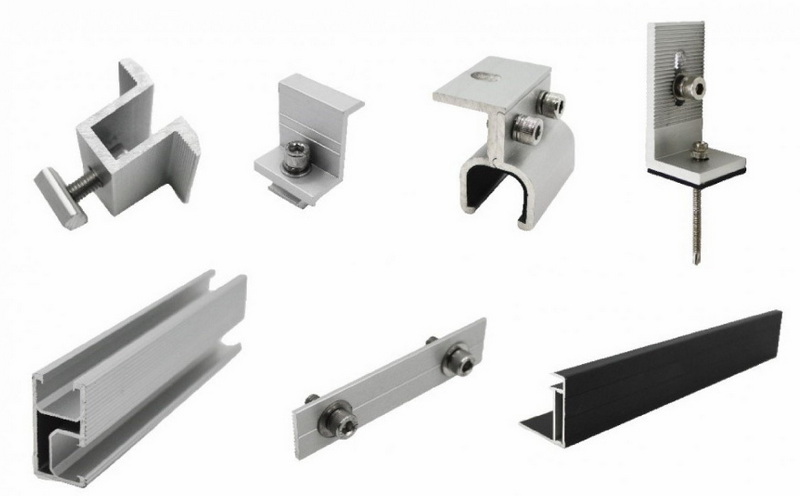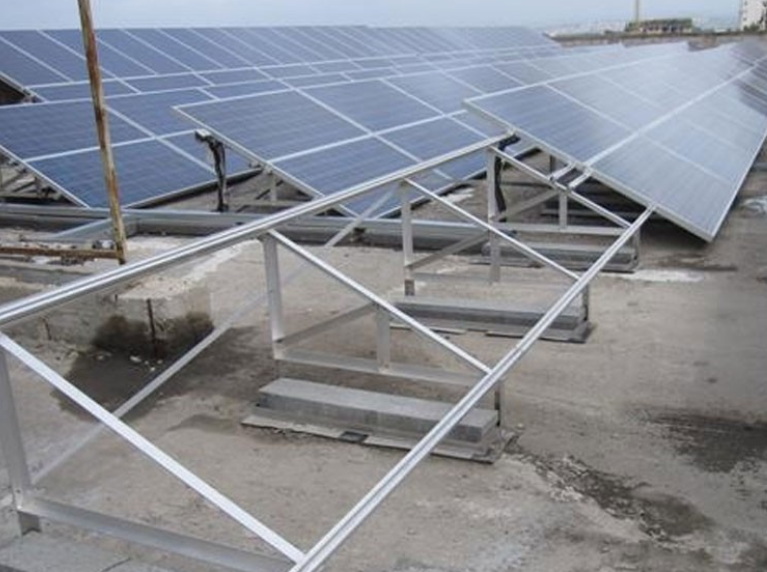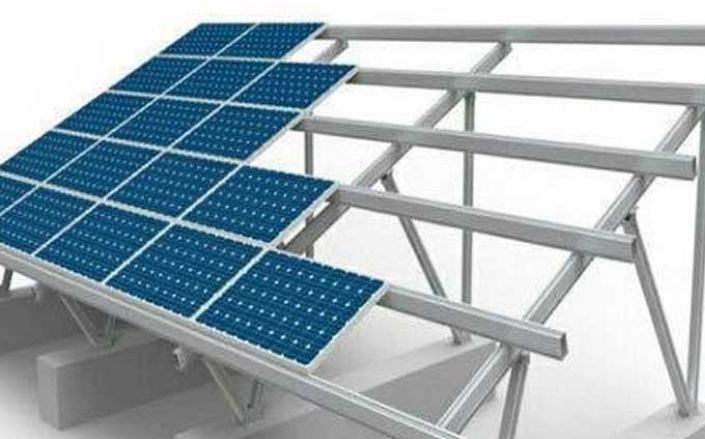Content Menu
● Introduction to Aluminum Extruders
>> Benefits of Upgraded Aluminum Extruders
>> Aluminum Extrusion Process
● Key Considerations for Choosing an Upgraded Aluminum Extruder
>> Aluminum Extrusion Machining Process
● Installation and Calibration
>> Calibrating Your 3D Printer
● Advanced Features and Considerations
>> Upgrading to a Dual Gear Extruder
>> Dual Gear Extruder Benefits
● Troubleshooting Common Issues
>> Troubleshooting 3D Printing Issues
● Conclusion
● FAQs
>> 1. What are the primary benefits of using an upgraded aluminum extruder?
>> 2. How do I ensure compatibility with my 3D printer model?
>> 3. What is the difference between Bowden and direct drive configurations?
>> 4. How do I calibrate my upgraded aluminum extruder?
>> 5. What types of filaments are compatible with upgraded aluminum extruders?
Choosing the right upgraded aluminum extruder for your 3D printer can significantly enhance your printing experience by improving durability, filament handling, and overall print quality. In this article, we will explore the key factors to consider when selecting an upgraded aluminum extruder, discuss the benefits of such upgrades, and provide guidance on how to ensure compatibility with your printer.

Introduction to Aluminum Extruders
Aluminum extruders are designed to address the limitations of stock plastic extruders, which often suffer from wear and tear, flexibility issues, and poor durability. These drawbacks can lead to inconsistent filament feeding, affecting print quality and requiring frequent replacements. Aluminum extruders, on the other hand, offer increased rigidity, better thermal performance, and enhanced durability, making them a worthwhile investment for serious 3D printing enthusiasts.
Benefits of Upgraded Aluminum Extruders
1. Enhanced Durability: Aluminum extruders are more resistant to wear and tear compared to plastic ones, extending their lifespan and reducing maintenance costs.
2. Consistent Filament Feeding: The rigidity of aluminum ensures more consistent filament feeding, reducing the risk of slipping or jams and improving print quality.
3. Higher Temperature Resistance: Metal extruders can handle higher temperatures, allowing for a wider range of filament types, including ABS and PETG.
4. Better Grip: Dual gear mechanisms provide a reliable and consistent filament feed, preventing slipping and filament jams.
5. Compatibility with Various Filaments: Upgraded aluminum extruders can handle a variety of filaments, including PLA, ABS, PETG, TPU, and carbon fiber-infused materials.
Aluminum Extrusion Process
To better understand the manufacturing process behind aluminum extruders, let's take a look at the aluminum extrusion process:
The aluminum extrusion process involves pushing heated aluminum through a die to create the desired shape. This process allows for the creation of complex profiles with precise dimensions, which is crucial for the production of high-quality extruders.
Key Considerations for Choosing an Upgraded Aluminum Extruder
When selecting an upgraded aluminum extruder, several factors need to be considered to ensure compatibility and optimal performance:
1. Compatibility with Your Printer Model: Ensure the extruder is designed for your specific printer model, such as the Ender 3 V2 or CR-10 series. Compatibility is crucial for easy installation and optimal performance.
2. Filament Compatibility: Consider the types of filaments you plan to use. Aluminum extruders are generally compatible with a wide range of materials, but it's essential to confirm compatibility with specific filaments like TPU or carbon fiber.
3. Extruder Configuration: Decide between Bowden and direct drive setups. Direct drive is beneficial for flexible filaments like TPU, as it reduces the distance the filament travels, minimizing the risk of bending or jamming.
4. Gear Quality: Look for extruders with high-quality steel feeder gears. These gears provide a better grip on the filament, ensuring consistent feeding and reducing the risk of slippage.
5. Thermal Performance: Ensure the extruder can handle the temperature requirements of your filaments. For example, ABS and PETG require higher temperatures than PLA.
Aluminum Extrusion Machining Process
For a closer look at how aluminum extrusions are machined, consider the precision involved in creating the intricate parts of an extruder:
The machining process involves cutting and shaping the aluminum extrusions into the precise components needed for the extruder. This includes the body, gears, and any other parts that require precise dimensions.
Installation and Calibration
Once you have chosen your upgraded aluminum extruder, proper installation and calibration are crucial for optimal performance:
1. Installation: Follow the manufacturer's instructions for mounting the extruder on your printer. This typically involves replacing the existing extruder with the new one and ensuring all connections are secure.
2. Calibration: Adjust the E-steps value in your printer's firmware to ensure accurate filament extrusion. This step is critical for achieving the right amount of filament flow during printing.
Calibrating Your 3D Printer
For a step-by-step guide on calibrating your 3D printer, including adjusting E-steps, watch this video:
Calibration involves a series of tests to ensure that the extruder is feeding the correct amount of filament. This process helps in achieving consistent print quality and preventing issues like over or under extrusion.

Advanced Features and Considerations
Some upgraded aluminum extruders come with advanced features that can further enhance your printing experience:
1. Dual Gear Mechanism: This feature provides a stronger grip on the filament, reducing slippage and improving overall print quality.
2. Adjustable Tension: Allows for fine-tuning the tension on the filament, which is beneficial for different types of filaments.
3. Integrated Cooling: Some extruders include cooling systems to reduce heat buildup, which can improve performance during long prints.
4. Modular Design: Modular extruders allow for easy maintenance and upgrading of individual components, extending the lifespan of the extruder.
Upgrading to a Dual Gear Extruder
Upgrading to a dual gear extruder can significantly improve filament grip and reduce slippage. This is particularly beneficial for printing with flexible filaments or in environments where temperature fluctuations can affect filament feeding.
Dual Gear Extruder Benefits
To understand the benefits of a dual gear extruder, consider how it enhances filament handling:
Dual gear extruders provide a more consistent and reliable filament feed, which is crucial for achieving high-quality prints. They are especially useful for materials that are prone to slipping, such as TPU.
Troubleshooting Common Issues
When using an upgraded aluminum extruder, you might encounter some common issues that can be easily resolved:
1. Filament Slippage: Check the tension on the filament and adjust as needed. Ensure the gears are clean and free of debris.
2. Over or Under Extrusion: Adjust the E-steps value in your printer's firmware to achieve the correct amount of filament flow.
3. Clogged Nozzle: Perform regular maintenance by cleaning the nozzle and ensuring proper filament flow.
Troubleshooting 3D Printing Issues
For a comprehensive guide on troubleshooting common 3D printing issues, including those related to extruders, watch this video:
Troubleshooting involves identifying the root cause of the issue and applying the appropriate fix. Regular maintenance and calibration can prevent many common problems.
Conclusion
Upgrading to an aluminum extruder can significantly enhance your 3D printing experience by improving durability, filament handling, and print quality. By considering compatibility, filament types, extruder configuration, gear quality, and thermal performance, you can choose the best upgraded aluminum extruder for your needs. Proper installation and calibration are crucial for optimal performance, and understanding advanced features can further enhance your printing capabilities.

FAQs
1. What are the primary benefits of using an upgraded aluminum extruder?
The primary benefits include enhanced durability, consistent filament feeding, improved print quality, and higher temperature resistance, allowing for a wider range of filament compatibility.
2. How do I ensure compatibility with my 3D printer model?
Always check the product description to ensure the extruder is designed for your specific printer model, such as the Ender 3 V2 or CR-10 series.
3. What is the difference between Bowden and direct drive configurations?
Bowden setups are common in printers like the Ender 3 V2, where the extruder motor is mounted on the frame. Direct drive setups mount the extruder motor directly above the hot end, reducing filament travel distance and benefiting flexible filament printing.
4. How do I calibrate my upgraded aluminum extruder?
Calibration involves adjusting the E-steps value in your printer's firmware to ensure accurate filament extrusion and optimal print quality.
5. What types of filaments are compatible with upgraded aluminum extruders?
Upgraded aluminum extruders are generally compatible with a wide range of filaments, including PLA, ABS, PETG, TPU, and carbon fiber-infused materials.






















